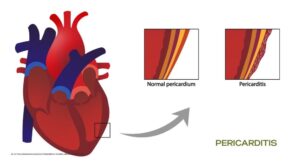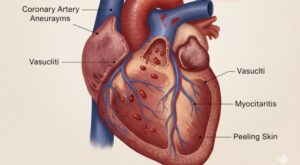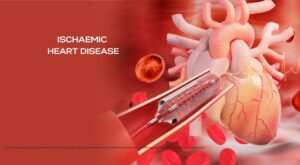Bone Health in Women: Preventing Osteoporosis Early

Strong Bones, Stronger You — The Silent Foundation of a Woman’s Health
Why Bone Health Deserves Attention
When we think about women’s health, we often focus on reproductive wellness, hormones, or heart disease. Yet, there’s an invisible system silently supporting every breath, step, and movement—our bones. For millions of women, this skeletal support weakens over time, leading to a condition that often shows no signs until a fracture occurs: osteoporosis.
Osteoporosis affects over 200 million women worldwide, and India is witnessing a steep rise due to sedentary lifestyles, nutritional deficiencies, and early menopause. But here’s the good news: it’s preventable—especially if we start early.
What is Osteoporosis?
Osteoporosis, meaning “porous bones,” is a condition where bones become brittle, weak, and prone to fractures. It occurs when the rate of bone loss exceeds the rate of bone formation, making even minor falls a significant risk.
A woman’s risk of breaking a hip due to osteoporosis is equal to her combined risk of breast, uterine, and ovarian cancer.
Why Are Women More Vulnerable?
Women are naturally at a higher risk due to several biological and lifestyle factors:
1. Hormonal Shifts
Estrogen plays a protective role in maintaining bone density. Post-menopause, estrogen levels drop, accelerating bone loss dramatically.
2. Smaller Bones
Women typically have less bone mass than men, meaning any loss has a more significant impact.
3. Pregnancy and Breastfeeding
These life stages can temporarily reduce calcium levels, especially if dietary intake is poor.
4. Earlier Menopause
In India, menopause often occurs earlier (around 46–48 years) compared to the global average, shortening the window for bone-building hormones.
The Science of Bone Remodeling
Our bones are dynamic—they break down and rebuild throughout life. Peak bone mass is achieved by the age of 30, after which bone resorption slowly outpaces formation.
Think of it as a bone bank—the more you deposit before 30, the more you can withdraw as you age.
Warning Signs & Diagnosis
Osteoporosis is called a “silent disease” because it doesn’t cause pain until a fracture happens. Common fracture sites include the hip, spine, and wrist.
Symptoms (Late-stage)
- Back pain
- Loss of height over time
- Stooped posture
- Sudden fractures with minor impact
Diagnostic Tests
- DEXA Scan (Dual-energy X-ray Absorptiometry): Gold standard for measuring bone mineral density (BMD).
- T-score Interpretation:
- Normal: > -1.0
- Osteopenia: -1.0 to -2.5
- Osteoporosis: < -2.5
Prevention: Building Strong Bones for Life
1. Calcium-Rich Diet
Women aged 19–50 need at least 1,000 mg of calcium/day, and postmenopausal women need 1,200 mg/day.
Sources:
- Milk, curd, cheese
- Leafy greens (spinach, amaranth)
- Ragi (finger millet)
- Almonds, sesame seeds
- Fortified cereals and soy products
2. Vitamin D Supplementation
Vitamin D enhances calcium absorption. Sun exposure (10–15 mins/day) is the best source. However, many Indian women are deficient.
- RDA: 600–800 IU/day
- Consider supplements if levels < 20 ng/mL
3. Weight-Bearing Exercise
Activities like walking, jogging, stair climbing, yoga, and resistance training strengthen bones.
A 30-minute brisk walk daily can significantly reduce fracture risk.
4. Avoid Smoking & Limit Alcohol
Both increase bone loss and fracture risk.
5. Medications for High-Risk Women
- Bisphosphonates (e.g., alendronate): Reduce bone resorption
- SERMs (e.g., raloxifene): Mimic estrogen’s protective effects
- Calcitonin, Hormone Replacement Therapy (HRT), and new anabolic agents may also be considered under medical supervision.
The Indian Scenario: An Urgent Call
According to the Indian Menopause Society, 1 in 2 women over 50 years suffers from osteoporosis. Lack of screening, calcium-deficient diets, and cultural aversion to strength training are contributing to an unspoken epidemic.
When to Talk to Your Doctor
Ask your doctor for a bone health check-up if you:
- Are above 45 and postmenopausal
- Have a family history of osteoporosis
- Have had a fracture with minimal trauma
- Take long-term steroids
- Have autoimmune or thyroid conditions
Prevention Starts with Awareness
Bone health isn’t just a concern for the elderly. It’s a young woman’s issue too. The choices made in your 20s, 30s, and 40s have a lifelong impact. Let’s shift the narrative from crisis care to preventive care, and empower every woman to stand tall—both literally and metaphorically.
Because strong bones aren’t just about strength.
They’re about freedom, independence, and the ability to live fully—at every age.




